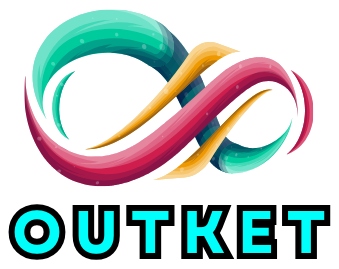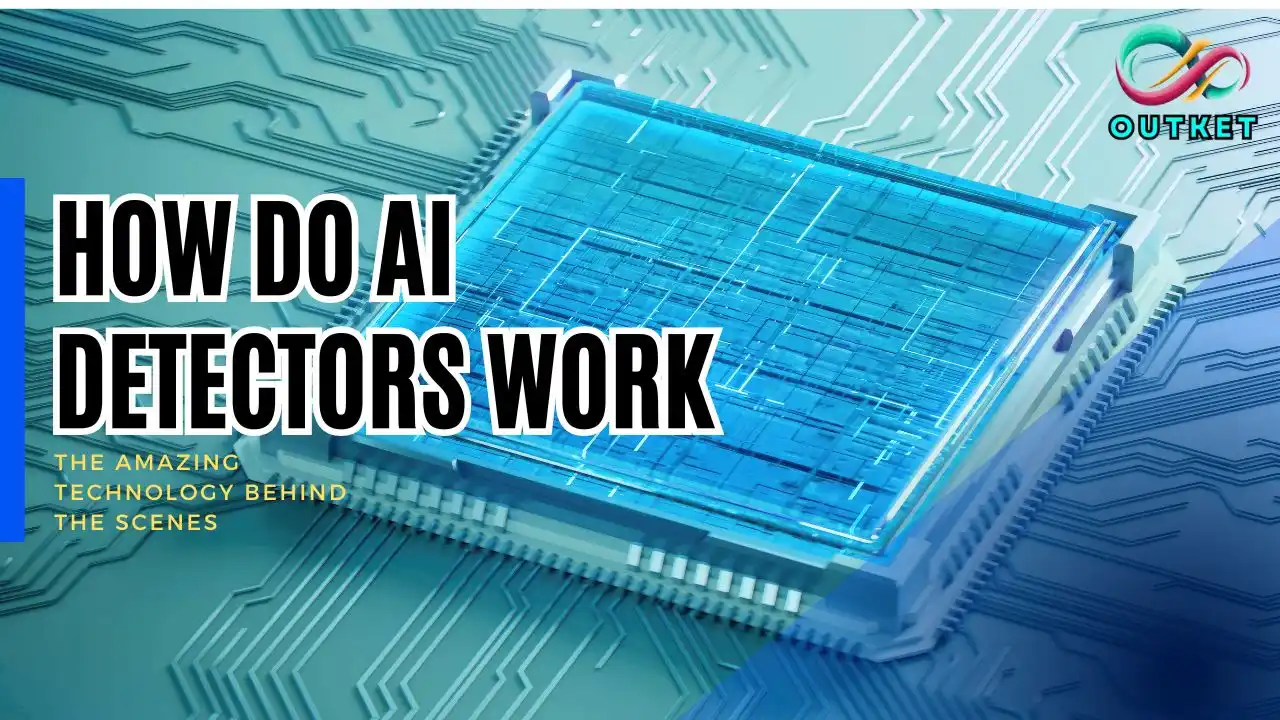Hey, did you hear about that new chatbot, ChatGPT? It’s been out for more than a year, but it’s already making a big splash in how people make stuff online. Many people are loving it because it helps them be more creative and get things done faster.
And Do you know those AI detectors? They’re like those tools that can tell if a piece of writing was made by a computer instead of a person. They figure out if a text was cooked up by a machine instead of a human brain.
How Do AI Detectors Work:
So, you want to know how those AI detectors work, right? Well, they mostly use language models that are like the ones used in AI writing tools.
These models check the text and think, “Does this look like something I would have written?” If it does, they figure it’s probably generated by AI.
So basically, those models check for two things in a text: Perplexity and Burstiness. If these two things are low, it’s more likely that the text was made by AI.
But What Do These Fancy Words Mean?
Perplexity:
Perplexity is commonly used in natural language processing and information theory to evaluate the quality of language models by measuring how well they predict a sample of text. A lower perplexity indicates that the model can better predict the text, implying it is less perplexing or confusing.
Burstiness:
Burstiness in language refers to the variability or inconsistency in the structure and length of sentences within a text or speech sample.
It’s similar to perplexity but focuses on the level of sentences rather than individual words.
Do you know how AI tools can create content by learning from data? Well, there are also AI tools that can detect content created by other AI tools.
They use the same techniques of machine learning and natural language processing but for different purposes. They try to find out if the text is written by a human or an AI.
They do this by comparing the text with a lot of examples of both human and AI-written content. They look for clues that might reveal if the text is AI-generated, such as repeating words, making no sense, or being too simple.
Also Checkout: How To Turn Off Generative AI: Very Easy Method
Do AI Detector Tools Work Well:
You know, AI content detectors are not always reliable. Sometimes they fail to catch the AI-generated content, and sometimes they flag the human-written content as fake. I have read many reports online that show how these tools are not very accurate.
For example, SurferSEO experimented with Originality.ai, which is supposed to be a good AI content detection tool.
However, they found out that the more they tried to make their content look human-written, the more errors the tool made. Isn’t that crazy?
The experiment involved 100 blog posts written by humans and 100 by AI. They used Originality.io, a tool that checks if the content is AI-generated or not.
They set the minimum human-written score to 80, but the tool wrongly marked more than 20% of the human-written posts as AI-generated. When they increased the minimum score to 90, the error rate went up to 28%.
Why we need an AI Content Detector Tools:
AI content detectors are tools that can tell if a piece of content was made by a human or an AI. This helps to make the content clear and honest. People who read the content will trust it more and know it is real.
Content uniqueness is crucial. Although AI can create content, genuine innovation stems from human creativity.
AI content detection tools can safeguard against reputational risks associated with AI-generated content, misinformation, or plagiarism.
Leveraging AI tools for content detection can be a real boon for businesses. It not only saves them the hassle and expense of manual checks but also speeds up the process significantly.
Best AI Content Detector Tools List:
Copyleaks:
Copyleaks is a well-known tool that uses artificial intelligence to check for plagiarism. It can also identify content created by other AI models, such as ChatGPT and GPT 3.5. So, if you’ve written something and want to make sure it’s original, Copyleaks can help you with that!
In my testing, I discovered that Copyleaks was the most precise AI tool. The outcomes from Copyleaks were spot-on and stood out among the rest.
Writer:
Writer is a company that helps businesses and organizations make content. One of their tools is the AI Content Detector by Write AI. This tool can check if a text is written by a human or by an AI. Many people like this tool a lot.
Openai Output Detector:
Hugging Face AI Content Detector is a tool that can tell if a text is written by a human or a machine. It uses a special kind of program called Transformers, which is based on another program called RoBERTa.
This tool is mainly for people who work with AI and machine learning, and who want to try out their ideas.
Crossplag:
Crossplag is a tool that can find copied text. It also has a feature that can tell if a text was written by a computer or a human. Crossplag uses smart computer programs and language skills to find the signs of computer-written text.
Content At Scale:
Content At Scale is a good tool to check if the text is written by AI or humans. You can use it for free and it has many other things you can do, like finding and improving content for your website.
GPTZero:
GPTZero is a tool that can tell if something is written by a computer or a human. It is very popular and has many users.
It can check different kinds of computer writing, such as ChatGPT, GPT3, GPT4, Bard, and more. It is mainly for teachers and students.
Also Checkout: How to Use Pygmalion AI to Create Amazing Content in Minutes
Conclusion:
Some tools can check if a text is written by a human or an AI. These tools can help us make sure that the content we read is real and original.
But these tools are not very reliable yet. Sometimes they have trouble with texts that are written by a very good AI.
They might even think that a human wrote something that an AI did, or vice versa.
They are not very good friends yet. They can show us some things that AI can do, but we should not believe them too much. They need more work and checks before we can trust them to protect what we see online.

Hey, This Side Aditya Agrawal, and I am an AI Enthusiast, I love Artificial Intelligence (AI) related products, tools, services, and so many things.

